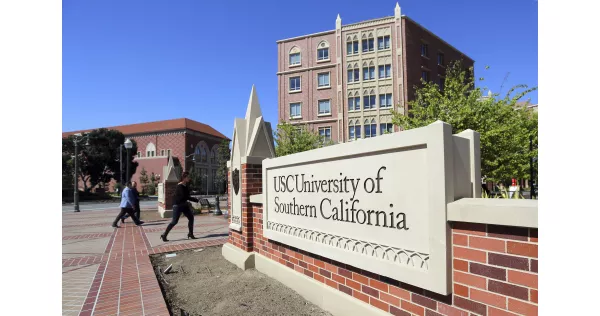California Democrats Advance Conditional Redistricting Plan Amid Texas GOP Efforts
Governor Newsom Proposes Trigger Mechanism for Mid-Decade Redistricting
California Democrats are pushing forward with a plan to redraw the state's congressional districts ahead of the 2026 elections, responding to a similar initiative by Texas Republicans. Governor Gavin Newsom announced on Monday that the state intends to place a rare mid-decade redistricting measure on the November 4 ballot. However, this proposal includes a "trigger" clause: California voters would only be asked to approve the new map if Texas proceeds with its own redistricting plan that would add five additional Republican seats in Congress.
"It's cause and effect, triggered on the basis of what occurs or doesn't occur in Texas," Newsom explained. "I hope they do the right thing, and if they do, then there'll be no cause for us to have to move forward."
Texas Republicans and Democrats Locked in Redistricting Standoff
Meanwhile, in Texas, Democratic lawmakers have taken drastic steps to block the Republican-led redistricting effort. On Monday, Texas Democrats left the state to deny Republicans the quorum necessary to pass the new congressional maps. In response, Republican lawmakers voted overwhelmingly, 85 to 6, to authorize state troopers to arrest and return the absent Democrats to the Capitol. This move is largely symbolic, as the Democrats face no criminal or civil penalties for their absence.
Implications for Control of the U.S. House of Representatives
The competing redistricting efforts in California and Texas carry significant national political implications. The outcome could influence which party controls the House of Representatives following the 2026 midterm elections. Democrats view this as a critical battleground to counteract former President Donald Trump's influence during a potential second term. Trump has urged Republicans to expand their congressional delegation in Texas to avoid losses in the midterms.
Potential Impact on California’s Congressional Delegation
Currently, Democrats hold 43 of California’s 52 congressional seats. Early discussions among state politicians and strategists suggest that the proposed redistricting could strengthen vulnerable Democratic incumbents by making competitive districts more securely Democratic. Conversely, the plan could place five or six of the state's nine Republican representatives in more challenging reelection contests.
Legislative Timeline and Next Steps
Despite the urgency, no official action can be taken until California lawmakers return from their recess on August 18. With a Democratic supermajority in the state legislature, the party would have less than a month to draft a new congressional map, conduct public hearings, and finalize the proposal before the November ballot.
This conditional approach to redistricting underscores the high stakes and strategic maneuvering between the two states as they prepare for the upcoming election cycle.


